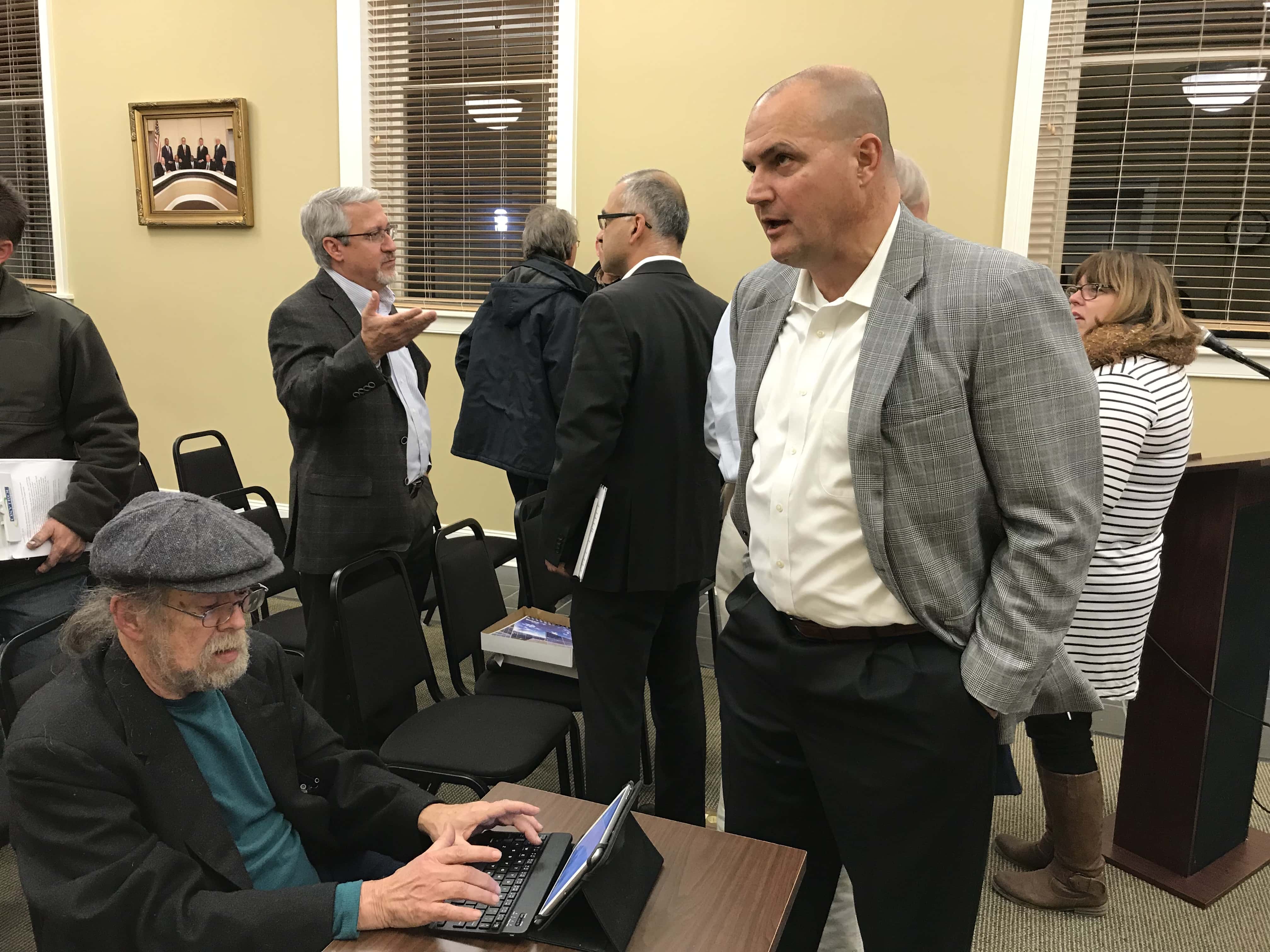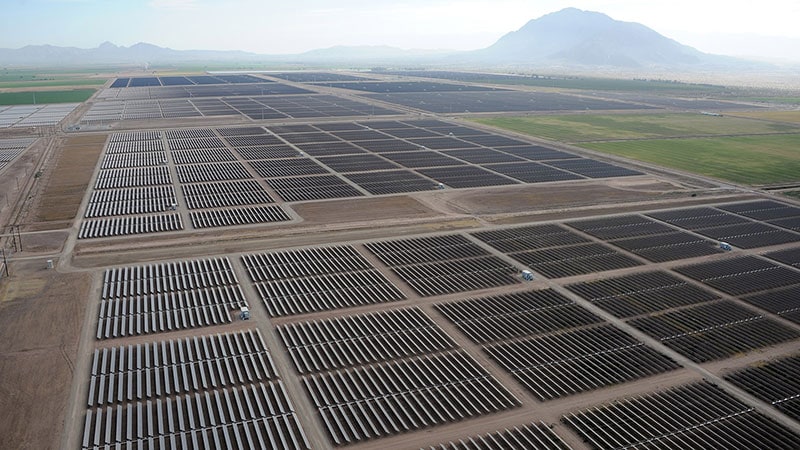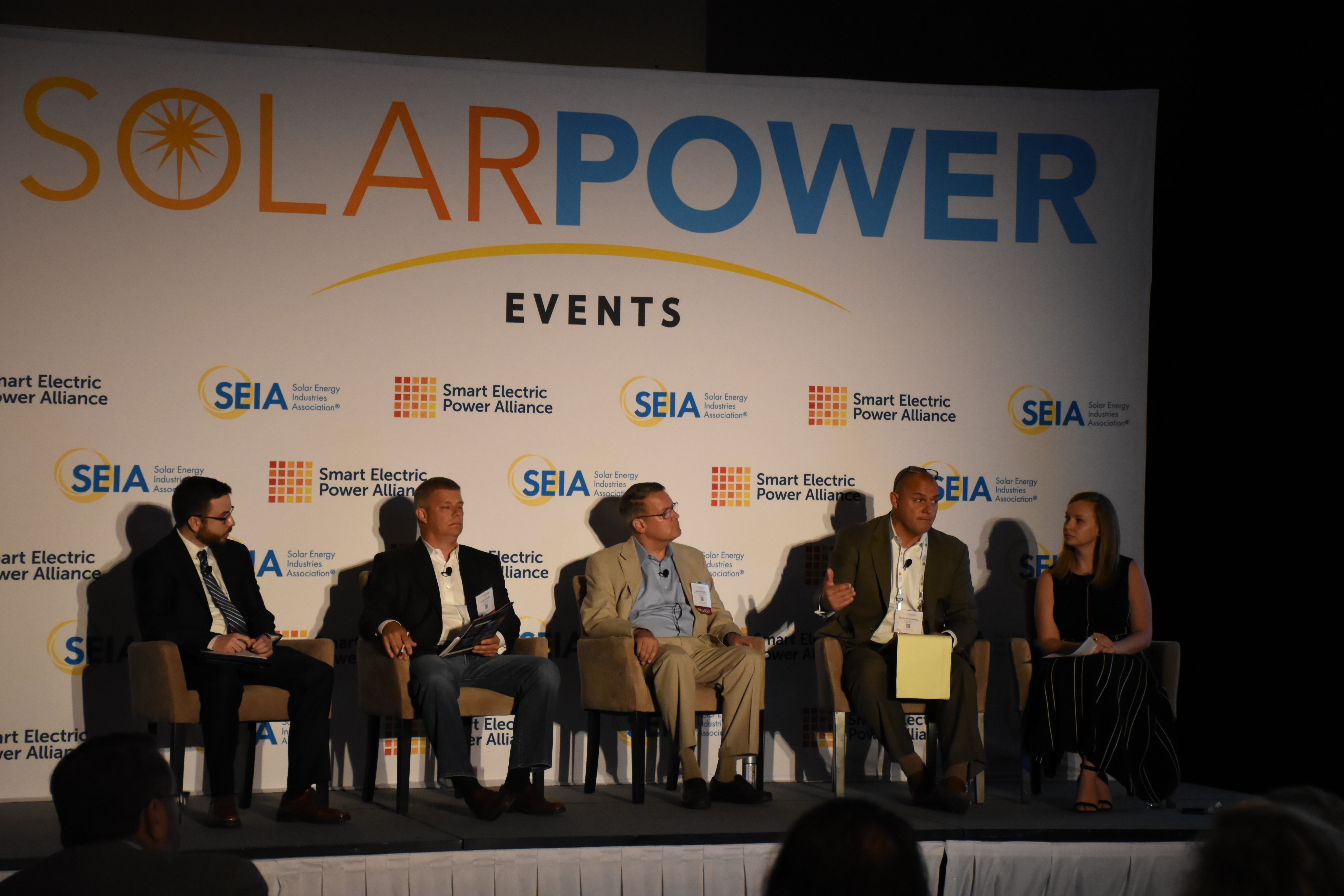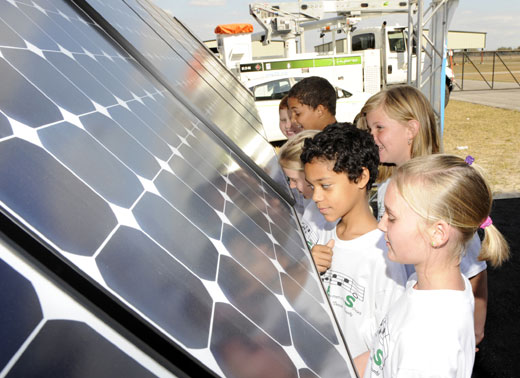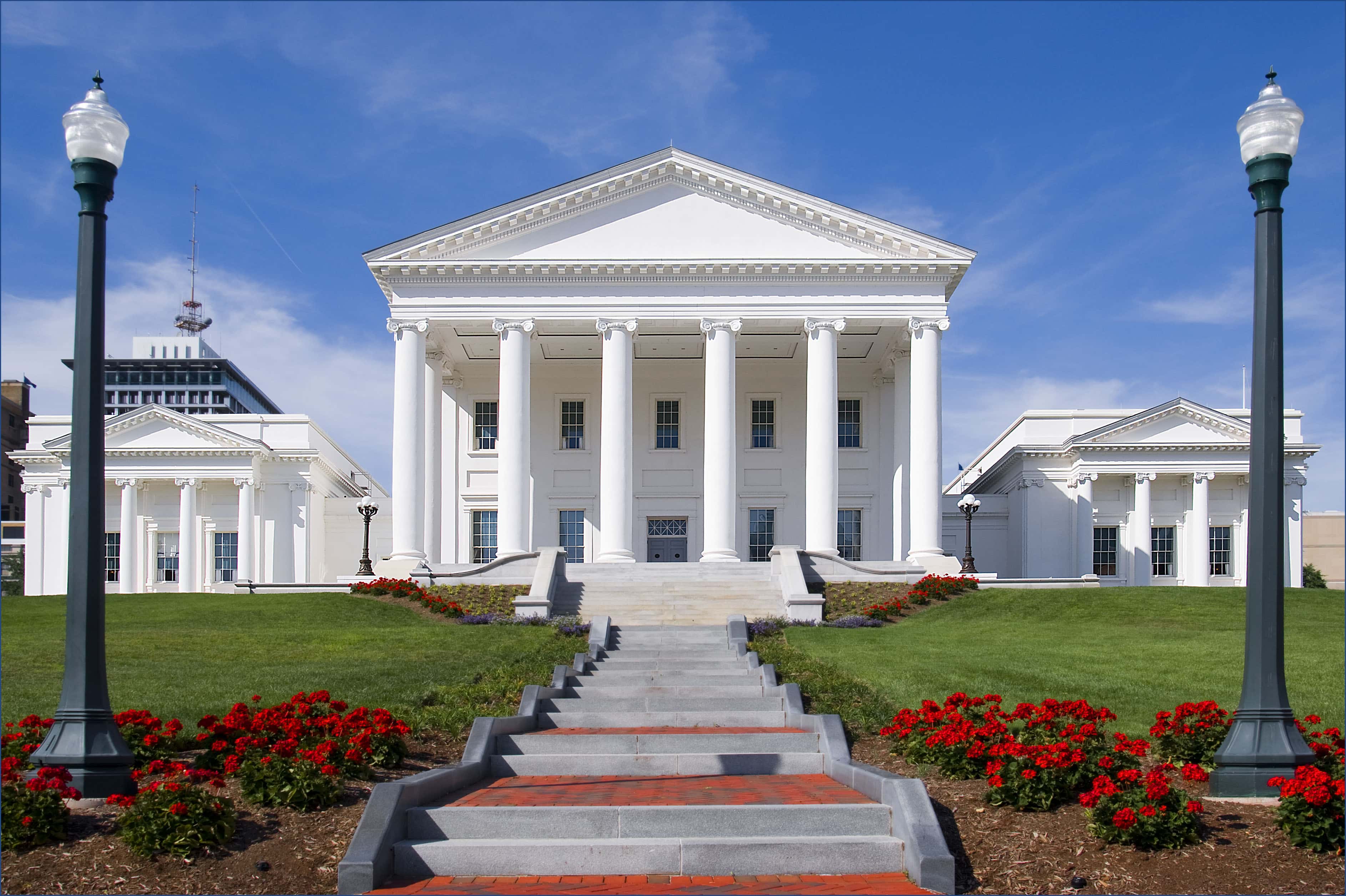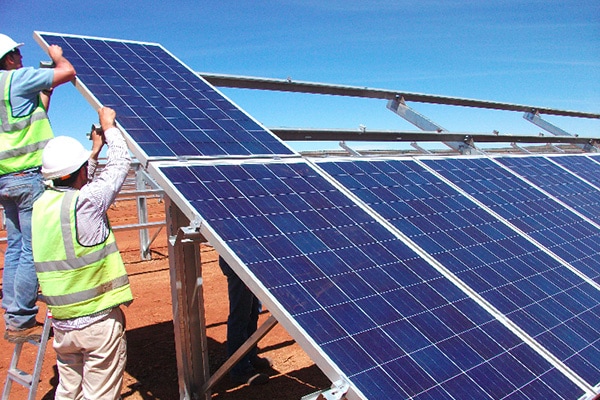Local Permitting, SolUnesco’s 101
January 29, 2018 By Francis Hodsoll For nearly a decade, my business partner and I have devoted our hearts and considerable time to developing a sustainable solar energy market in Virginia. However, the local permitting process poses a significant risk to the long-term viability of the market. In this companion piece to Seth’s previous blog post on our successful permitting experience in Orange County, Virginia, we offer our perspectives on local permitting and the concerns typically raised by local communities.

